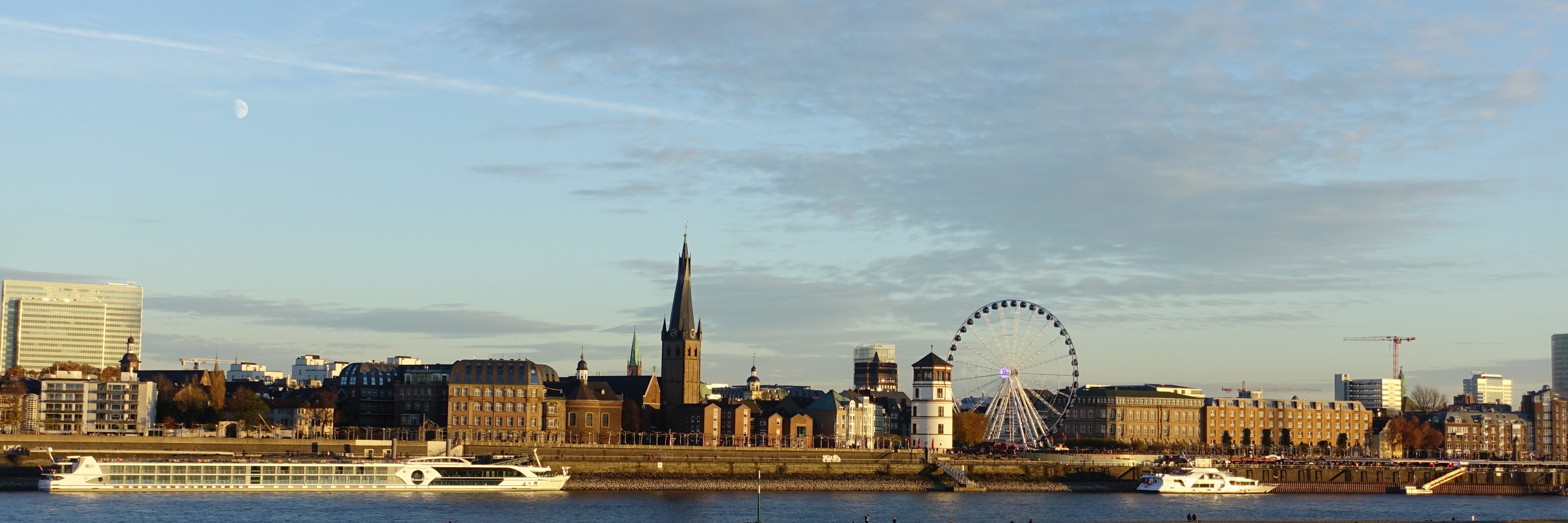And now, a little detour into German history, courtesy of some kind readers. The United States Holocaust Memorial Museum is now displaying a photo album taken near the Auschwitz death camp by SS-Obersturmführer Karl Höcker. You can page through the album, which was given by an anonymous donor, here, to see Nazis at play and rest. In this picture, officers and Helferinnen (female auxiliaries) dance down a bridge in Solahutte, an SS retreat outside of Auschwitz [h/t Ed Philp]:

After the war, Höcker (in the center) became a bank clerk in Lubbecke. The International Herald Tribune’s Europe correspondent wrote about the photos for the New York Times here, and a gigantic thread of 230+ comments about his piece can be found on the International Herald Tribune’s website. Nothing too blindingly original, but proof of how intensely this subject still grips people.
And now, to a 1946 propaganda film intended for U.S. soldiers stationed in post-war Germany. According to online sources, the movie was directed by Frank Capra ("It’s a Wonderful Life") and written by Theodore Geisel, none other than Dr. Seuss. Enjoy!
Why all the warnings against being taken in by the German landscape, the music, and the pretty girls? A couple of reasons. First, Americans of German descent are the U.S.’s largest ethnic group, so surely some of the troops felt certain ancestral stirrings of the blood, so to speak.
Second, many U.S. troops found ordinary Germans sympathetic. Not so the French: U.S. troops stationed in post-war France complained about the arrogance, laziness and poor hygiene of the French. One propaganda booklet given to U.S. soldiers said the French stank because all their soap had been stolen by the Germans. The Germans, on the other hand, struck many American soldiers the way they strike me: well-mannered, hard-working, and well-groomed. Once all the nasty, nutty naziness was gone, many American soldiers wondered exactly why we had gone to war against such nice people. This film reminds them. [h/t James R.]









